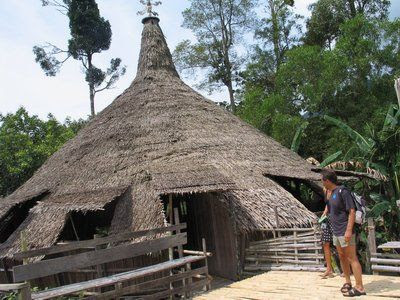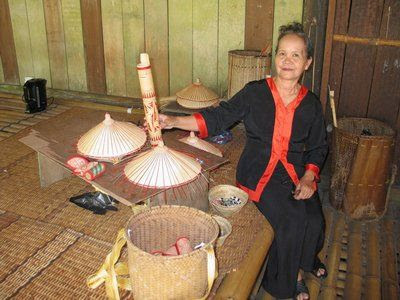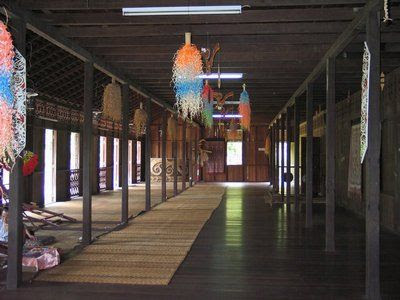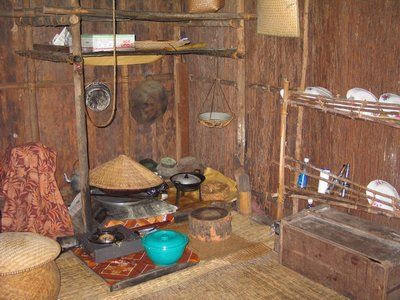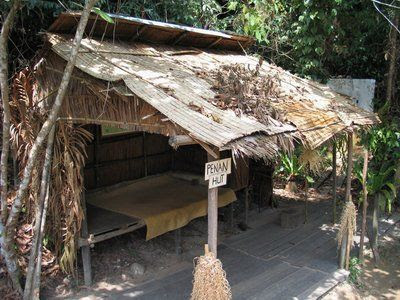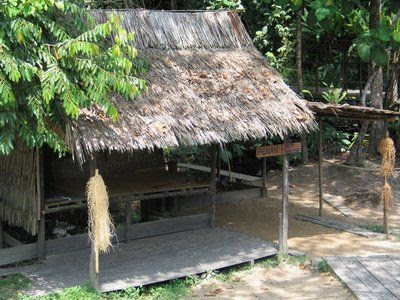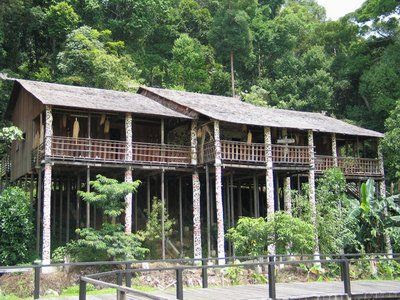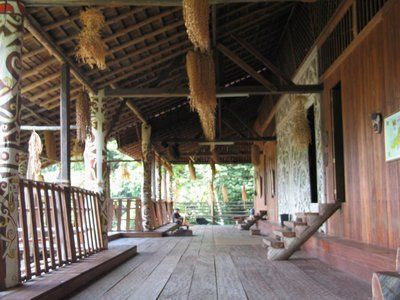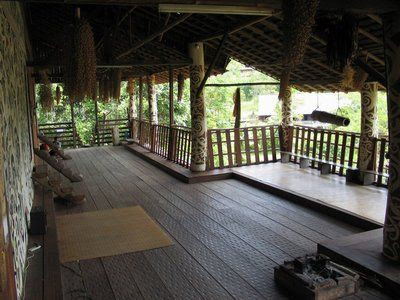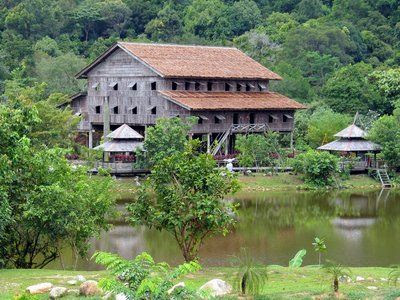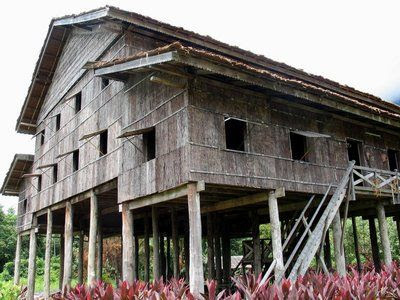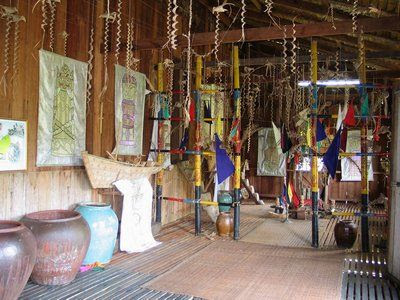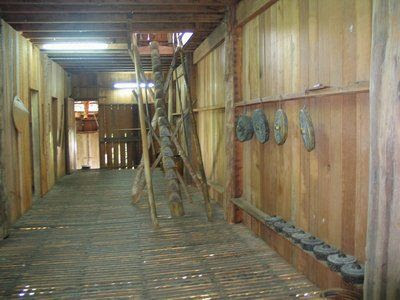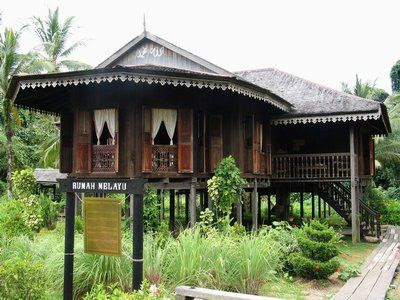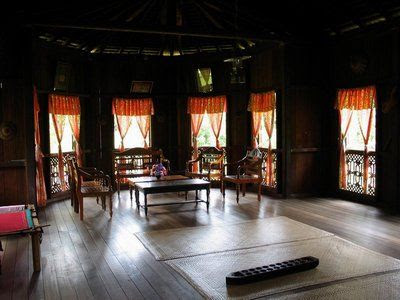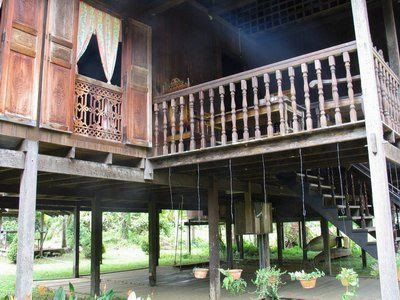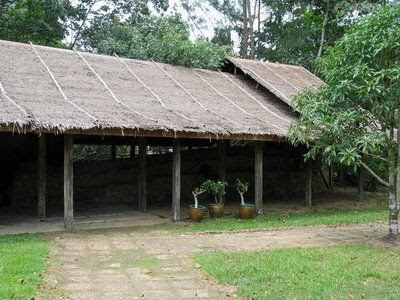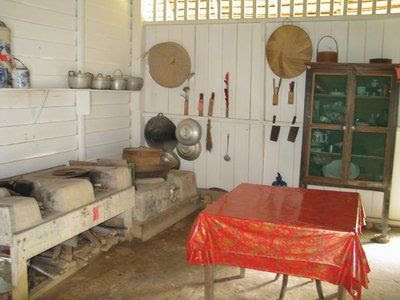For the first time ever in Malaysia, drummers and percussionists from all over the world, coming together to beat their way to the rhythm of the Nation.
The World Drums Festival 2007, a colossal cultural show with a variety of percussion and drum music from around the globe, promises energetic entertainment for the whole family.
The World Drums Festival 2007, which will be held in Kuala Lumpur, will present to the locals, diversity and harmony and to the world at large, our cultural identity, history and internationality of Malaysia.
A unique experience definitely not to be missed.
The Event guarantees an experience you will never forget.
Date : 26th - 30th December 2007
Location : Dataran Merdeka, Kuala Lumpur.
Performers :-Enggar & Associates - IndonesiaEnggar & Associates has been formed in the year of 2002. the founder was Ms. Ngesti Inggarnasih (Nunuk as a Nickname) which in the 1987 with four of her colleague at Indonesian lions club was formed Nupomina & Associates and she rolled as its President.
Nupomina & Associates in the year 2000 has changed its name to Dwiwirya & Associates. During that time there was no activities because of the busy work of the member to which finally created a new association known Enggar and Associates.
At the beginning, Enggar & Associates has 35 dancer and traditional musicians as a member, but now there are 97 members all together.
Since in 1987 has showing its existence in the global by performing their group in countries such as Australia, Korea, China, Italy, Spain, Belgium, Holland, France, Malaysia, and Singapore
KOTTSU - JapanThis is a Japanese traditional drum team established in 1996. It is team of drummers and drum collections specially known the north Nagoya-shi region of Japan. The team now consists of 28 members representing various age groups, from junior high school students and those up to 60 years old drummers.
The ensemble displays lively and cheerful with a lot of noise just like some hungry peoples who had waited for so long but could get their food on time. There are many variations of noises these peoples or drummers can produced, may it be from a single, double, triplet and multiple drums. It is capable of producing a short play, a picture-story and noises, where the audiences are pleased and delighted to hear. Ones should enjoy the style of plays, postures, passions, heartbeats and energies displayed of the drummers.
The major global event involving this ensemble was during the global sport competition held in Taiwan in November 2000 where the performance involves exchanges of drummers from other participating countries. In March 2005, the ensemble had the honor to perform at the EXPO Dome during the World Exposition held in Aichi Japan. In April 2005, the ensemble took part in events held in Athens and Mykonos Island in the Aegean Seas.
It is the ambition and realization of the KOTTSU Japanese Traditional Drum Team to provide guidance, pass on their experience and expertise to children, coaching them to play and perform in local and international events.
Pathun Thani Nantamuneebamroong School - ThailandThe musical culture of the Thais mostly plays around the percussion music where various version, size and dimension of drums were used. The beats of drums are in incomplete without the soul and movement of dances of the beautiful maidens dressing with the traditional Thai classical costumes.
CIOFF Thailand has recommended the Pathun Thani Nantamuneebamroong School to represent Thailand. The performances of this group represent the way of life of the local people such as culture, tradition and the play.
The main musical instrument is long drum known as “Klong Yao”. Thus the group is also know as Wong Klong Yao or “Long Drum Troupe”. The performances not only include dances but also male performers/drummers standing on the shoulders of the other performers in order to make the body as high as possible and at the same time they dance and play drums. The troupe for this festival brought along eight performances for the pleasure and the enjoyment of the audiences.
The troupe had scored may first in various competition such as National Level Performance in 1993 to 1998, Crown Princess Cup in 2000, Crown Princess Cup (Long Drum Category) 2001, Secondary National and Private School Competition 2001, Mass Media Presentation For Outstanding Performance of Thailand Central Region, 2000-2001 and Long Drum Contest organized by National Culture Centre in 2005-2006.
Diplomats of Drum - MalaysiaThe Diplomats of Drum are a band from Malaysia that comprises of each ethnic race in the country, giving testament to the phrase "Malaysia - Truly Asia!"
The Diplomats fuses Malaysian melodies and rhythms with global beats and melodies, creating a unique brand of global Fusion. The global beats that they have pioneered have influenced many movements where they have played and they are highly regarded as the most exciting and promising youthful, ethnic-flavored percussion ensemble.
Born from pure creativity and experimentation with rhythms and percussions, the Diplomats of Drum started as an energetic bunch of street performers, slowly changing into a serious all percussion ensembles. Their enthusiasm is infectious and their diverse yet perfectly unified beats strike a deep down party chord, often leaving crowds captivated and wanting for more, what with combining showmanship and acrobatic stunts in their performances. Eventually they put undoubted talent together and naturally evolved into a global fusion band.
But they have not forgotten their humble beginnings, and have incorporated their drumline like percussion style and rhythms into their stage performances.
As a band, they have broken down musical barriers to celebrate musical and cultural differences, bringing everything together to create a pure organic sound! Their performances often create a carnival-like atmosphere, drawing large crowds and eliciting spontaneous dancing with their infectious rhythms and positive energy.
Just to give you an idea of what the band sounds like, imagine rasping Indian classical vocals backed by Gaelic chants, traditional Malay rhythms fused with Afro beat and Latin groove, powerful Bhangra rhythms played alongside the energetic Scottish Bagpipe, the subtle and silky-soft sounds of the Sitar grouped with the loud and powerful African Djembe... not forgetting drumline like percussion beats and sound scrapes.
If you think all of these are impressive, wait till you hear everything and everybody playing together!!
Then you would have experienced the true global sounds of the Diplomats of Drum!!
YAWA Eco Drum Circle - MalaysiaThe YAWA ECO DRUM CIRCLE (E.D.C) is a part of YAYASAN ANAK WARISAN ALAM (Y.A.W.A).
EDC is a musical percussion group that incorporates everyday object/recyclable materials that are turned into musical percussion instruments. Object such as plastic bottles, pots & pans, basins and even plastics bags, can be used as instruments at an EDC gathering. EDC is for all ages, sexes, religion, races and cultures.
They use instruments made from everyday recyclable objects that participants bring along to the workshop. The excitement of creating, sharing and making beautiful music together as a group, will allow the participants to experience the magical musical moments where one voice is created out of many.
Furthermore in the Drum Circle, as in life, music is supposed to be all about healing the spirit. They will sit in a semi circle with the conductor in the middle. The "conductor/leader/founder of EDC", Afiq Safwan, will be the person leading the performances.
The group will also have some movements on stage and they will go down the stage and play with the audience. This is their way to interact with the audience.
It hopes to promote environmental awareness among participants as well as to make participants actively take part in recycling efforts at home. EDC is a self-discovery and mind body wellness programme, where people gather to share a spontaneous recreational rhythmic experience. A Drum Circle is really a People Circle.
It is NOT a Drum Class!
"SPREAD THE VISION - MUSIC IS THE BIG MEDICINE FOR THE 21st CENTURY PLANET EARTH"
D - Discipline, R - Respect, U - Unity, M - Music
The Trinity Collage, Kandy - Sri LankaMUSIC, DRUMS AND DANCE TROUPE
The infant idea of a School’s Dance troupe was conceived in mind of Mr. E.L. Fernando (Principal of T.C.K. 1960 – 1977) at the time when the School was making the initial preparations to celebrate her centenary year in 1972.
The TCK (Sri Lanka) Music, Drums and Dance Troupe now occupies a foremost place among Youth Dance Tropes in Sri Lanka and their performances have been well acclaimed.
This all male Trope which has 41 members trained by Mr. Vipula Jayashantha, has won 1st place for 14 consecutive years since 1978 at the National Dance and Ballet Drama Competition conducted by Sri Lanka’s Department of Education. The Troupe, trained under the watchful eyes of Mr. Vipula Jayashantha, has toured overseas, participated in competitions abroad. They had won the 1st prize for the Magul Bera playing and the 2nd place in the Drum Orchestra at the Cleveland Inter – tie Folk Festival in 1978. They participated in the Bristol International Music Festival in U.K in 1978, 1986, 1992, 1998 & 2004.
In 1978 they also toured and gave performances in Denmark and Sweden. In 1986 they performed in Switzerland, Germany and 1987 in Australia.
Rhythm Masala - SingaporeRhythm Masala, Top Fusion Percussion Group in Singapore, holders of the Guinness World of Records for 50hrs of Non-Stop Drumming Marathon at the Awesome Africa Music Festival, Durban South Africa.
Rhythm Masala has a strong following in their native Singapore and their founder and principal drummer, Paskaran Sreekaram is acknowledged to be one of the finest world class percussionists to come out of the island state.
A combustible Fusion drumming of Brazilian Samba meets Latin Fire. Be blown away at the World Drum Festival by this 6 member multi-talented percussionist. The crazy drummers who can withstand 3 days of continuous drumming, against all odds weather, sleepless nights and such, will perform a power-packed International Percussion Performance.
Note: Participation of groups are subject to change without notice.
This event is FREE for all.
Come and join World Drums Festival, Be Our Participants and send your
application to us.
Source :
World Drums Festival 2007



